How Writing Is Like Sewing
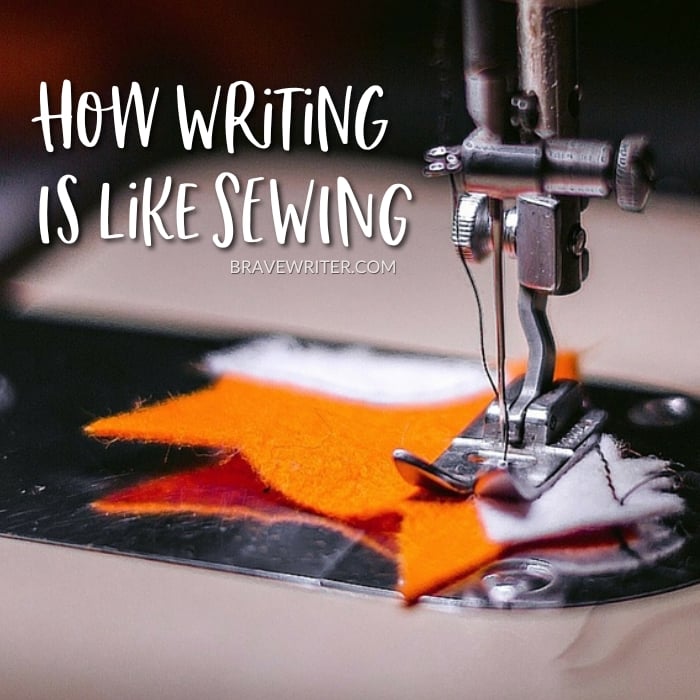
A fundamental confusion exists around how to teach writing. I’ve spent two decades looking for just the right metaphor to explain how a parent facilitates writing growth. Then the other day, on the phone, I stumbled upon a perfect metaphor.
Let’s look at learning to use a sewing machine.
A sewing machine makes it possible to create all kinds of sewing products—anything from hemming a pair of pants, to constructing a quilt, to producing an evening gown. The machine doesn’t do it for you. You have to know how to use the machine, and you have to develop skills: how to sew straight seams or how to drop in a sleeve or how to gather a drape. You need to learn how to create casings, and how to use the zig zag, and what the tension dial does.
When learning the skills needed for sewing, students start with scrap fabric. They don’t pick a dress pattern and then sit down to the machine. Usually they have to learn how to thread the needle and bobbin, they have to sew lots of straight lines and learn how to turn corners and how to backstitch the end of a seam so that it doesn’t unravel.
No one can learn all she needs to know in one sitting or even one year of sewing. There are levels of skill that are gained over time, as comfort with the machinery, and dexterity, and familiarity with the properties of sewing are internalized and mastered.
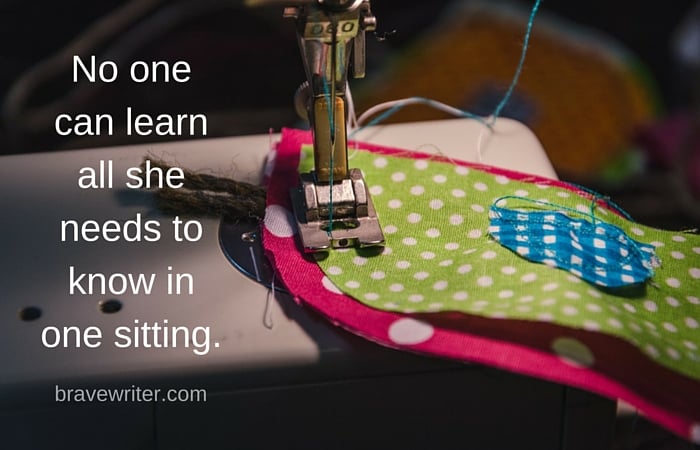
But it is possible at each stage of development to introduce a little project. At first, these might be things like bean bags (squares) or a string dress (no pattern, but the dress uses casings). As the student gets comfortable, making an a-line dress for a doll from a pattern becomes possible and a thrill! Producing a doll quilt is the first step toward making one for a bed.
Eventually, the student of sewing learns tricks to make the process easier and faster. They can size up a pattern to know if it’s too difficult or too easy, and can make changes to make the pattern work.
Sewing is not about the dress patterns or quilts. Sewing is a set of skills that can be applied to patterns.
Let’s drive home the analogy to writing.
Firstly, the original writing process is discovered using scrap language—whatever is in the mind and mouth of the child at the time. The writing is interest-driven and exploratory. The child is gaining facility with the practice of accessing language, ideas, insights, and information from within and getting those words to the page in a variety of ways (all different styles of “language stitching”).
Secondly, the child learns to use the mechanics of writing similar to learning to use the sewing machine. How to thread the bobbin, how much pressure to put on the pedal, how to backstitch, how to zigzag, how to set up the buttonholer—these skills enable sewing. Similarly, the functional skills needed to run the machinery of writing are spelling, grammar, punctuation, handwriting and/or typing. And in Brave Writer, we believe that in the beginning that’s best learned through copywork (someone else’s writing).
Thirdly, students create writing projects which are the dress patterns of writing. Now that older children understand how the machine works and can use it with evolving skill, they can manage the demands of the machine, so it’s time to make a dress or placemat or quilt!
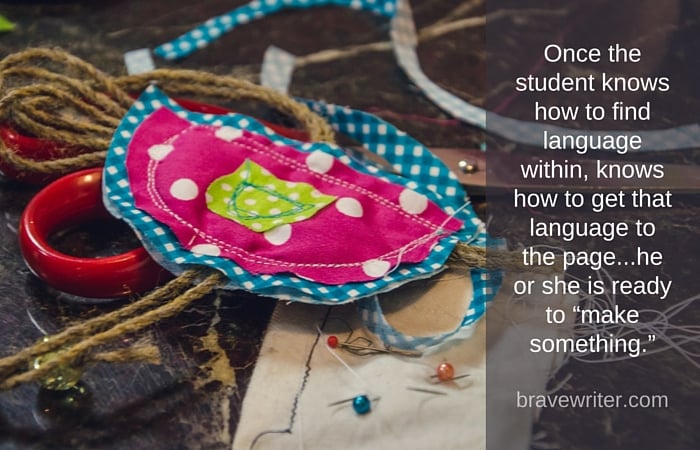
In writing, once the student knows how to find language within, knows how to get that language to the page, and how to handwrite, expand, revise, and edit it, he or she is ready to “make something” —to write a report or letter, to write a poem or a dialog, to write a story or ad copy, to write an essay.
The point is—don’t hand your brand-new-to-writing student the equivalent of an evening gown dress pattern and expect it to turn out right on the first try, just because there are “clear instructions.” Writing is a set of skills practiced independently of assignments, leading up to developmentally appropriate writing projects that reinforce and expand evolving skills.
3 components of a complete writing program:
- Mastery of the original writing process (Growing Brave Writers)
- Rehearsing the mechanics of writing (Quill, Dart, Arrow, Boomerang, Slingshot)
- Writing projects to put mechanics and original writing together (Jot it Down, Partnership Writing, Building Confidence, Help for High School, and Online Classes)
Tags: Mechanics












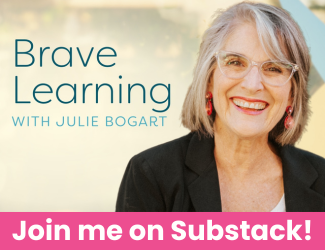
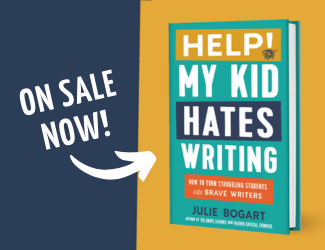
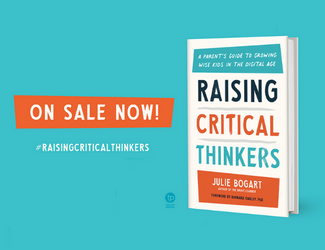
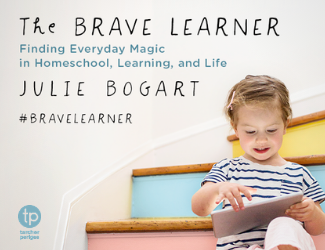



[…] like crocheting or knitting. You prefer shorter needles? No problem! Writing is pretty much like sewing too. When Rex starts yapping that it’s time for his morning walk, you can also do that […]
I love this! I’ve also compared writing to sewing and have an article on my website about it. There aren’t that many people who sew any more who get this analogy.